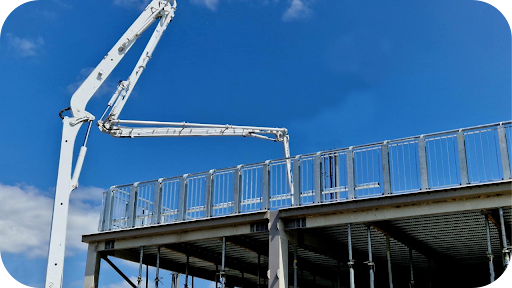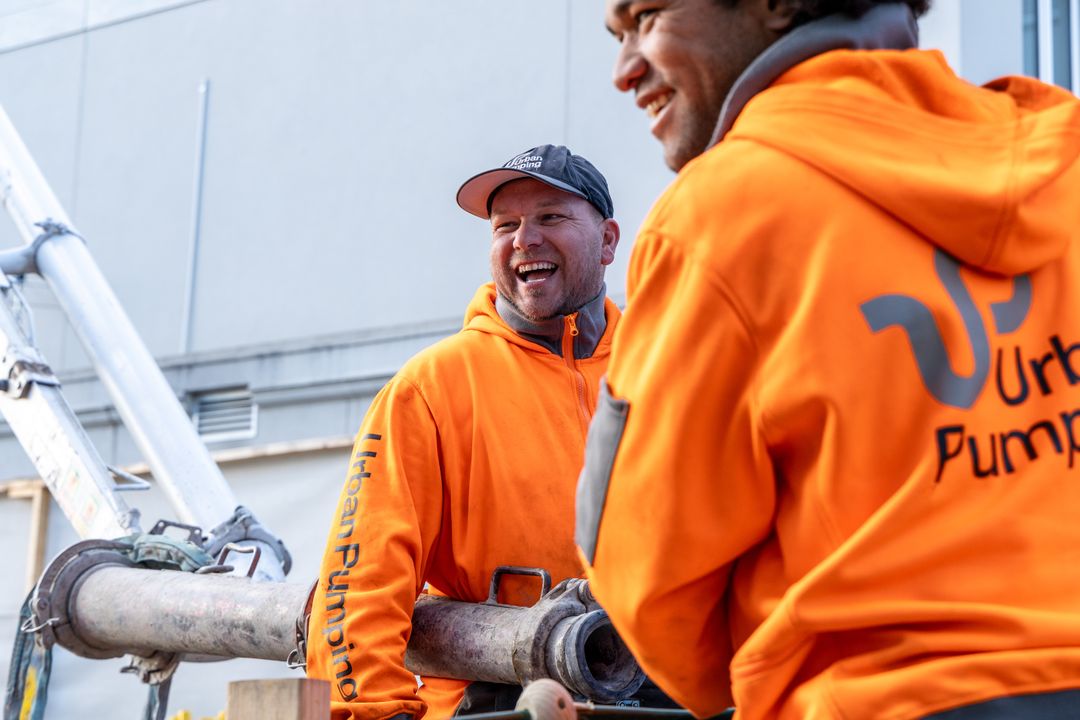
Every project budget hinges on understanding how your dollars truly stretch, and knowing the Concrete Pumping Cost Per Cubic Metre gives builders that edge.
Whether you're working on a small slab or a major commercial job, understanding volume-based pricing offers clearer expectations and easier comparisons between providers. Line pumps typically fall in one rate range, while boom pumps, built for height and speed, come at a higher volume cost.
In this article, you’ll see local pricing trends, dig into what alters those rates, and learn simple strategies for stretching every dollar while ensuring quality and efficiency.
When pricing is based on volume, not time, you get a clearer view of what concrete placement truly costs. Concrete Pumping Cost Per Cubic Metre helps streamline budgets and removes uncertainty about idle pump hours or setup delays.
With known rates per m³, builders can easily estimate costs as soon as they know pour volume. This predictability gives you confidence in quotes and helps compare providers more fairly.
Rather than bank on hourly estimates, which vary wildly depending on site conditions or pump speed, volume pricing shines when you want reliability in your numbers.
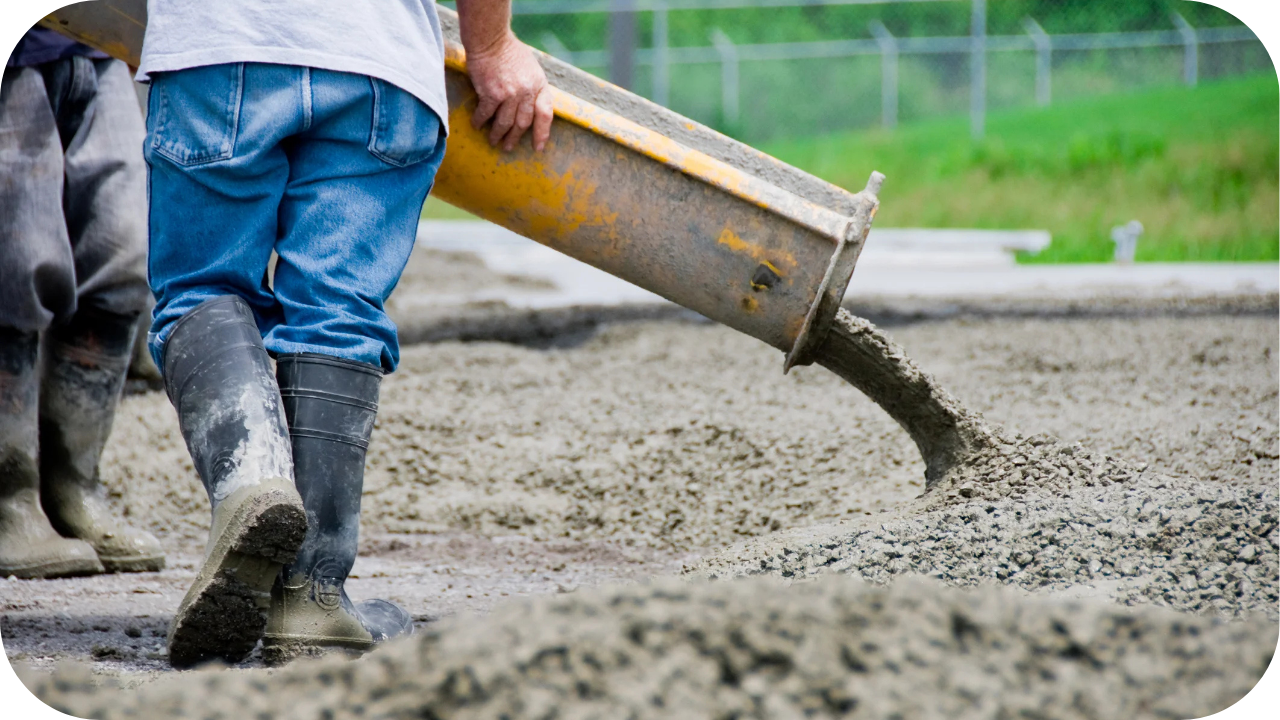
Per-cubic-metre charges are another factor builders consider when planning their budgets. Across Melbourne, line pumps generally sit at the lower end of average industry rates, making them a practical choice for smaller pours or straightforward access sites.
Boom pumps, on the other hand, usually attract higher charges per cubic metre because of their reach and the added complexity involved in setup and operation.
These averages provide a reliable benchmark for planning. Builders working with consistent volumes can calculate costs more easily and manage budgets with confidence.
At the same time, it’s important to remember that complexity, site conditions, and pump reach will all influence where your project falls within the expected range.
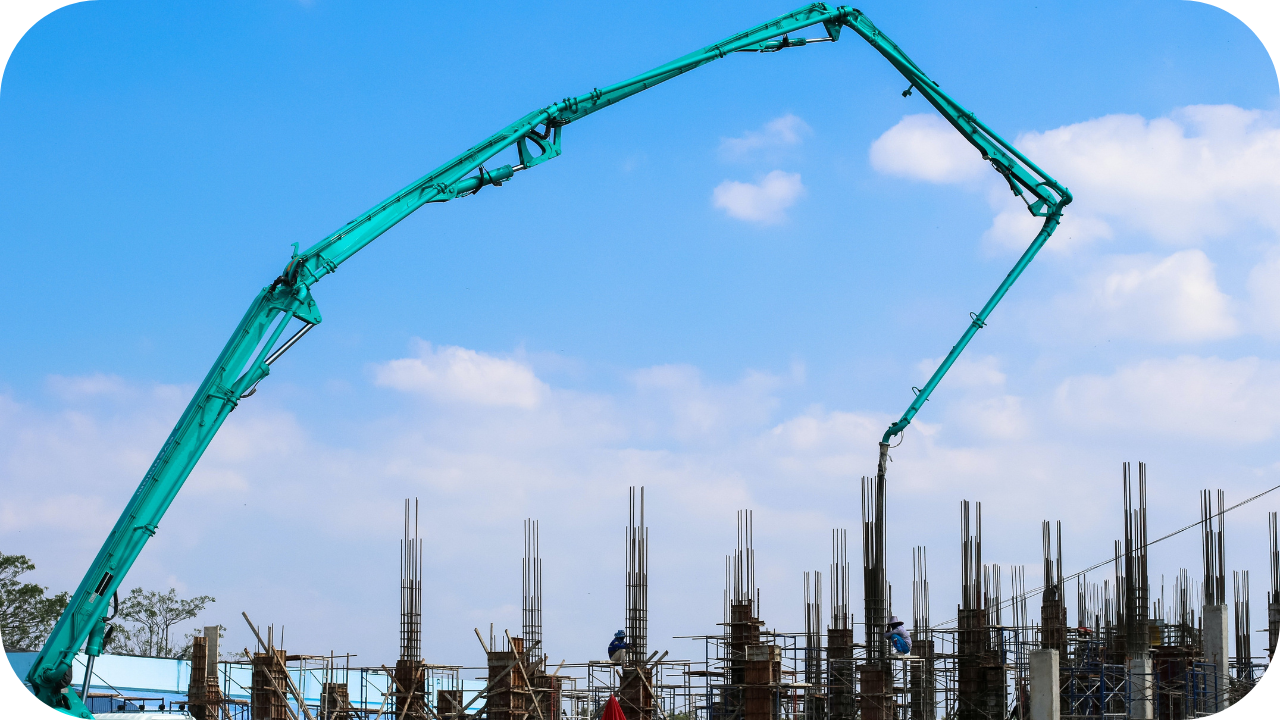
Understanding why rates vary is just as important as knowing the base figure. Here are the key factors that influence Concrete Pumping Cost Per Cubic Metre and shape the final bill:
Line pumps are more affordable per cubic metre and are perfect for tight-access jobs or small slabs.
Boom pumps offer vertical reach and fast placement, but their advanced setup typically pushes per-m³ rates higher.
Choosing a boom for a simple backyard job can add unnecessary cost. Matching pump capability to your site demands ensures you're paying for what you actually need, not extra features that go unused.
Sites with narrow laneways, limited clearance, or uneven terrain demand more time and effort to set up, even when pricing is per volume.
That can increase your effective per-m³ cost. For instance, tight access might require longer hose runs or slower pour rates.
While per-m³ pricing simplifies budgeting, it’s smart to ask providers whether complex sites carry a premium.
Per-cubic-metre rates often omit extras like hose extensions, wash-out charges, or early morning setups. These fees can quickly add to your cost if they’re not confirmed upfront.
For example, boom setups with long lines may come with per-metre add-ons. Always check with your provider what’s included so your estimated per-m³ figure remains accurate, and you won’t face surprises when invoices roll in.

Travel distance is an important factor that can influence the overall cost of concrete pumping. If your project site is located far from the provider’s depot, additional travel charges are often applied to cover time and fuel.
In addition, many companies introduce call-out fees for smaller jobs that fall below minimum volume requirements, ensuring it remains worthwhile for them to supply the equipment and crew.
These extra costs can catch builders off guard if not considered early. By factoring both travel and call-out fees into your budget, you keep your final expenses aligned with initial expectations.
Concrete pumping providers often apply a minimum volume charge, typically based on a fixed cubic metre threshold. This means that even if your project requires less concrete, you may still be billed as though you reached that minimum.
For small-scale residential pours, this can significantly increase overall costs if left unchecked. Asking upfront about these requirements is essential to avoid paying more than necessary.
By clarifying minimum charges in advance, homeowners and contractors can budget accurately, compare providers fairly, and prevent surprises on the final invoice.
Concrete pumping rates often fluctuate depending on demand, and timing plays a major role in the price you’ll pay. During busy construction months or peak building seasons, providers may increase rates, especially for short-notice bookings.
This surge pricing can add considerable cost to a project if not anticipated. The best way to maximise value is by planning ahead and locking in services early.
Securing a booking in advance ensures you get more predictable pricing, avoids premium charges, and guarantees equipment availability exactly when your project requires it.

Looking only at the cheapest per-m³ rate can make a quote seem attractive, but it rarely tells the whole story. Concrete pumping isn’t just about moving mix from point A to point B, it’s about how efficiently and reliably that work is done.
A slightly higher rate often comes with hidden advantages that save builders both time and money in the bigger picture.
Providers who charge a little more per cubic metre often bring modern, well-maintained equipment to site. That means fewer breakdowns, faster pumping speeds, and less downtime for crews waiting around.
When you factor in labour costs for every extra hour on site, the difference in value quickly outweighs the few dollars saved on a cheaper service.
Operator experience also matters. Skilled teams keep pours flowing smoothly, adjust quickly to site challenges, and reduce waste by ensuring concrete goes exactly where it should. Cleaner pours mean less remedial work, fewer delays, and a finish that clients will be happy with.
For Melbourne builders working to tight schedules, real value lies in reliability and performance, not just the base price. Choosing a trusted provider, like Urban Pumping, ensures every cubic metre poured delivers maximum return, keeping projects on track, on budget, and stress-free.
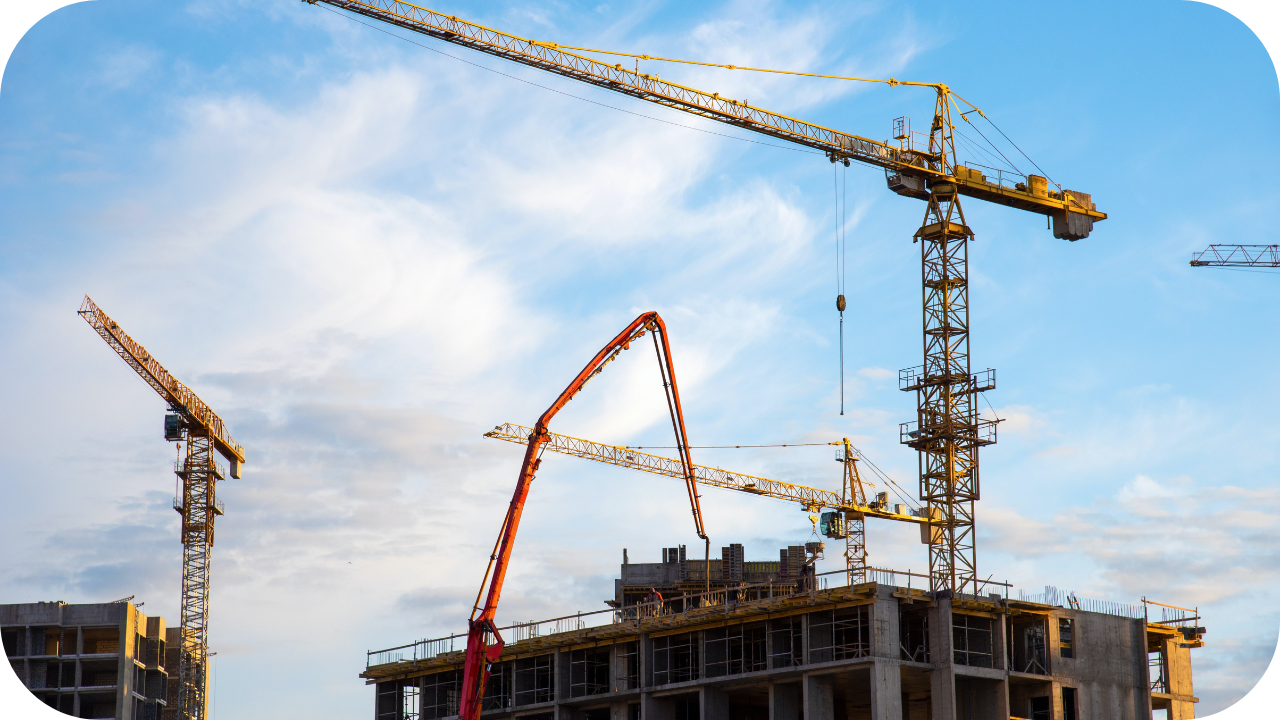
To truly maximise value when hiring by volume, it’s important to look beyond the hourly or cubic metre rate. With the right strategies, you can cut wasted time, reduce hidden expenses, and ensure every dollar spent translates into efficiency on-site. Here are ten smart ways Melbourne builders can get the most out of Concrete Pumping Cost Per Cubic Metre and keep every dollar working hard on site:
Getting clear on Concrete Pumping Cost Per Cubic Metre gives Melbourne builders budget confidence and clearer comparisons across providers. Knowing the rate per m³ helps streamline planning, avoid surprises, and keep financials sharp.
Ignoring volume pricing, or focusing only on the cheapest option, can cost you through delays, extra labour, or rushed fixes. You want predictable pours, not budget surprises.
Urban Pumping offers transparent per-m³ pricing, local reliability, and honest breakdowns of what’s included. Reach out today to confirm volume-based options that match your site’s needs, and pour with both precision and purpose.
